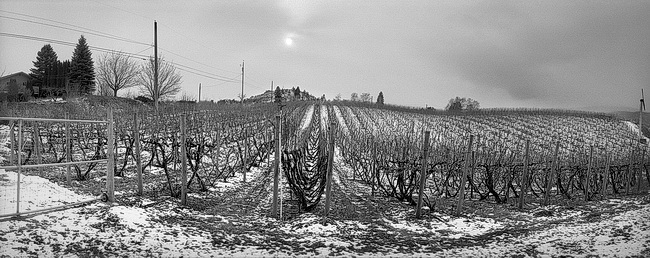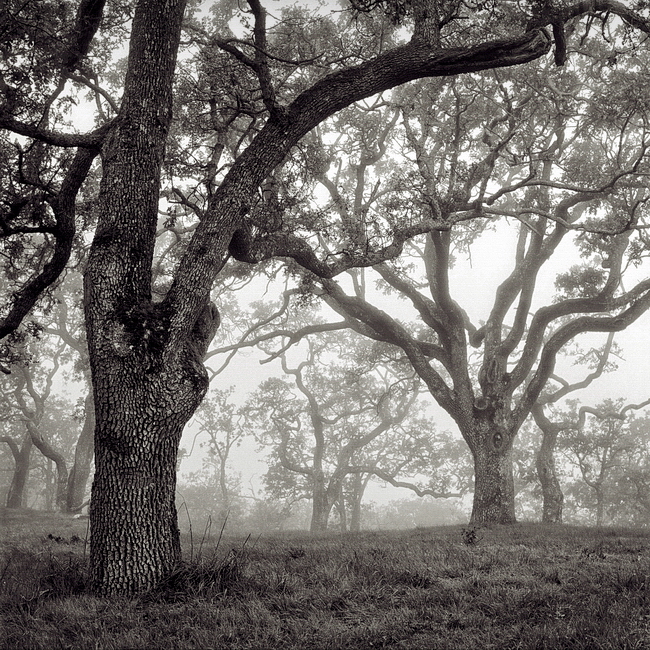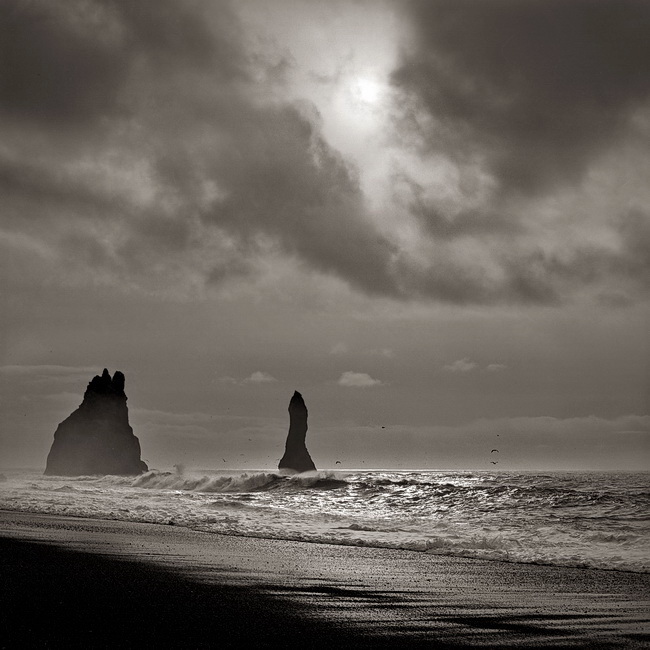I spend a lot of time on-line (probably far too much) reading about photography, searching for a few pearls of wisdom in what often seems like a vast, largely barren sea of opinion. But every once in a while I encounter a great bit of insight that makes the effort worthwhile. And it’s easy to identify good advice when you see it — it’s always so true and so obvious that you wonder why it hadn’t occurred to you before. I had that reaction recently while watching the latest installment in DigitalRev TV’s entertaining “Cheap Camera Challenge.”
The victim/participant in this episode is famed photographer, Vincet Laforet. The entire video is fun and chock full of good advice, but one thing he said really struck me: “I try not to let the lens tell me what to do.” Think about that for a second.
How often have you put your eye to your camera’s viewfinder before really considering the scene in front of you? We’ve all done it, especially when the lens in use is new or in some way specialized. Super wide-angle lenses and telephotos are particularly seductive in this regard. It’s a difficult temptation to resist, but letting the lens dictate the composition runs the risk that you’ll overlook some fine, potential photographs, or even blow a good shot by using an inappropriate lens. I’m sure you’ve heard the expression, “when the only tool you have is a hammer, everything looks like a nail.” Well . . .
Laforet elaborated by adding that he looks for good lighting and content and that the particular qualities of a lens are “the layer I put on top of it.” Like I said, the advice is both obvious and true, which is why it’s so sound. Often we fall into the trap of believing that learning the “secrets of the pros” is a necessary step towards mastering the art of photography. Certainly it’s the case that advice from experienced photographers can be very helpful, but as Laforet’s comments illustrate, pro “secrets,” more often than not, are hidden in plain sight.
(Did you find this article interesting or helpful? If so, consider using this link the next time you shop at Amazon.com. Better yet, bookmark it for future use. Thanks to Amazon’s associates program, doing so costs you nothing yet helps keep this site up and running. Thanks!)


 Subscribe with RSS
Subscribe with RSS








